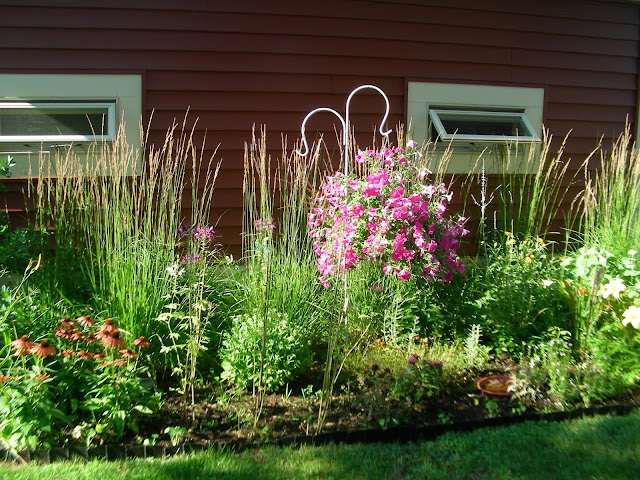Paris: Through Eugene Atget's Lens
 On a sunny morning in May we set out to discover the Paris of Eugene Atget (1857-1927) at the old Biblotheque Nationale, just behind the Palais Royale.
On a sunny morning in May we set out to discover the Paris of Eugene Atget (1857-1927) at the old Biblotheque Nationale, just behind the Palais Royale.Atget, a seaman and actor turned photographer, is known for his Paris street scenes, of tradesmen and merchants, of tipped pushcarts and bulging barrels, of haberdashers and fishmongers. Atget took more than 10,000 photos of Paris life, not for art but for income.
He left behind a legacy for today's Paris lovers, who yearn to see their city as it once was.
Old Paris leaps from these photographs of everyday life. Look at one - any one - long enough and you can feel and smell and hear the color and the cacophony of street life. Gaze into one of his misty photos old overgrown parks and you can feel the damp on your face and hear the cries of birds of prey. You can sense the bosky aroma of untended woods. You are there.
 I'd heard about the exhibit, but it was not until we saw a photo of one of our favorite little Left Bank corners (just outside the ancient church of St. Julien le Pauvre) at Musée d'Orsay that we decided to go to the show. I thought my husband, a trained photographer and filmmaker, would enjoy it, and he did.
I'd heard about the exhibit, but it was not until we saw a photo of one of our favorite little Left Bank corners (just outside the ancient church of St. Julien le Pauvre) at Musée d'Orsay that we decided to go to the show. I thought my husband, a trained photographer and filmmaker, would enjoy it, and he did.The photo at the top is one of Atget's, looking west Rue des Ursins on Ile de la Cité to the north of Notre Dame. One of my photos of the same area is just above: I am looking east.
I consider it an honor to walk - even for a short time - in Atget's footsteps with my camera.


Comments
I have soft spot in my heart for a Madison (Wis.) Then and Now book I got for Christmas 3-4 years ago.
I love looking at old photographs and comparing them to 'now'.
Eugene Atget left a wonderful legacy behind him.
Um . . . your writing has magic.
Love your shorts that take me back to Paris.
These old photos or books of the past Paris are so fascinating to find what's unchanged there.
great photos
It's eye candy, in a way, because Atget captured something special - it's a treat to look at his work.
Mimi
I second that emotion. I get such a warm and cozy feeling -- with a little Francophile frisson
when I page through your writing.
I hope you saw there's a book, PARIS CHANGING, which re-shoots some famous of Atget's famous Paris photographs, and compares them.
Best,
CL
By the way, your photo is a beauty too, Mimi.
TerryB, I love that movie, and love to pick out places I recognize. Do I detect parts of the 13th in Ronin?
We picked up an Atget book while in Paris and brought it home with us. My husband, being a building designer, loves it.
Thank you for the continuing memories!
Often the people in Atget's photos remind me of the family photos from Canada that my Memere had in her photo basket.